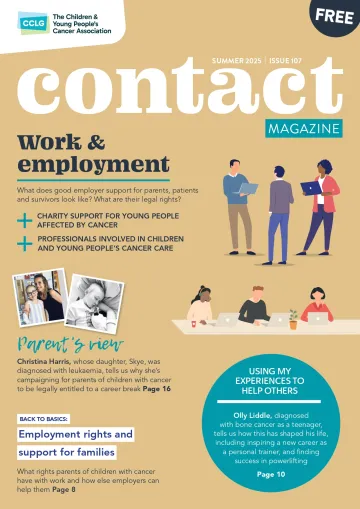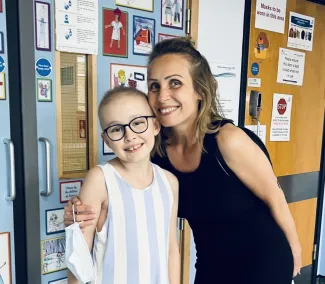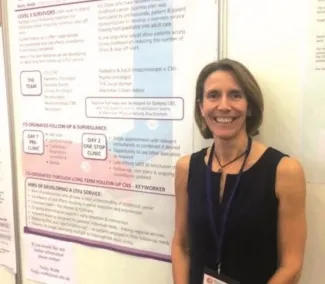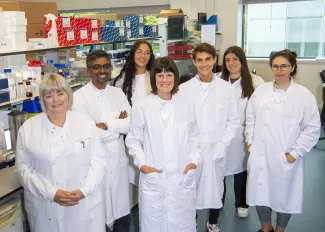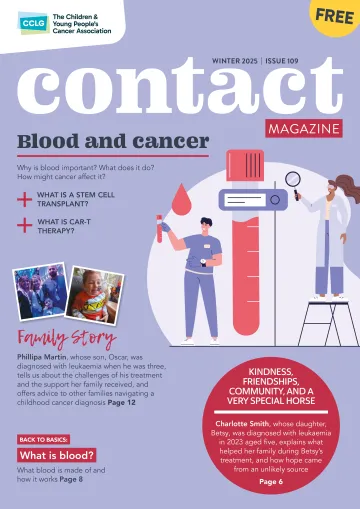Mr Hany Gabra
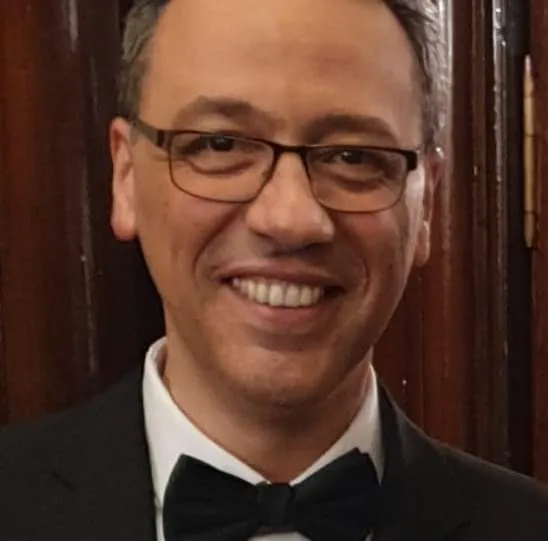
Mr Hany Gabra, Surgeon at Great North Children's Hospital in Newcastle
There’s never a dull day being a paediatric surgical oncologist. I’m always on the move, from the operating theatre to clinics, ward rounds, and meetings, to make sure each child’s treatment is planned carefully. The best part is when all the hard work, imaging, and team discussions come together and remove a tumour and give a child a chance at a better future. No two surgeries are ever the same. Some are planned meticulously for weeks, while others are urgent, life-saving procedures.
Outside the theatre, I’m just as busy. I spend time with families, explaining things, answering their questions, and helping them through what can be a scary time. I have to be honest, clear and compassionate – parents need to know that their child’s in good hands.
I never work alone – I’m always working with oncologists, radiologists, pathologists, anaesthetists, and nurses. Every decision has to be carefully thought out. When should we operate? Are we ready yet? Or do we wait for chemotherapy to further shrink the tumour? Can we save as much healthy tissue as possible? Will this surgery give the best long-term outcome? These are just some of the questions we have to think about.
Beyond the hospital, I also do research to find ways to improve surgical techniques and make treatment better while keeping the long-term effects to a minimum. Sometimes, I find a moment to relax, like strumming my guitar at night or taking my dog for a walk in the evenings or playing badminton with some friends after work. These small things help me recharge and escape the intensity of my work. Even though the long hours and emotional weight of the job can be tough, the strength of my young patients and the trust placed in me by their families make it all worth it.
Dr Maria Clement
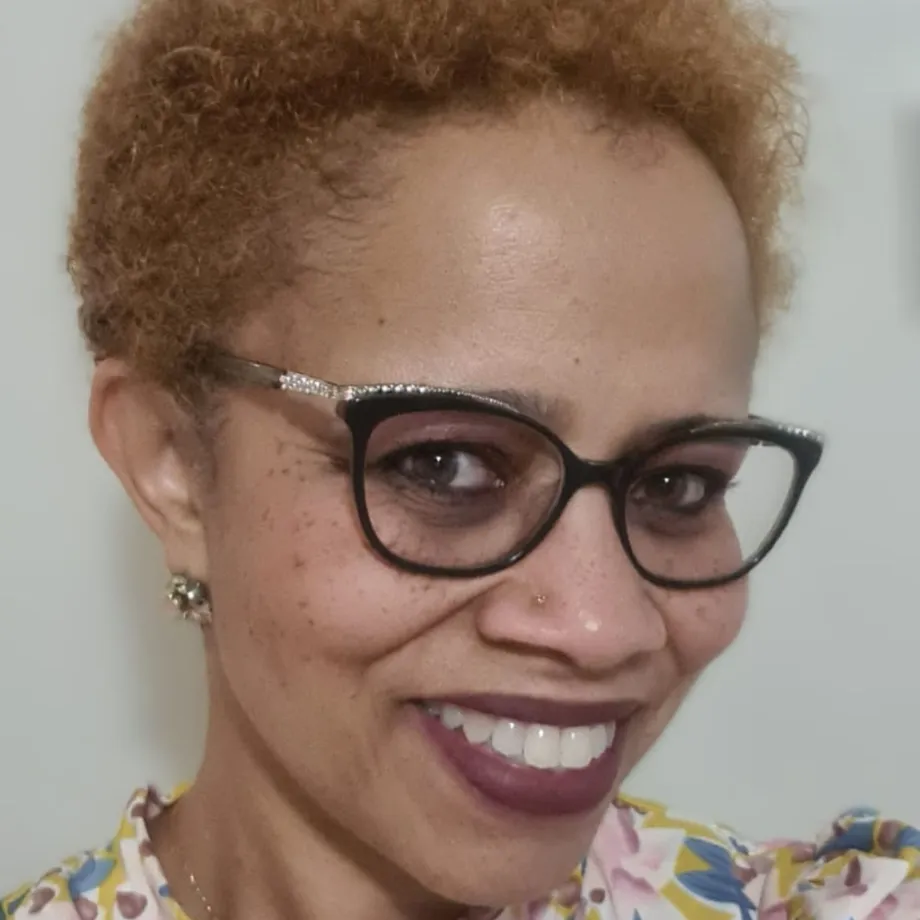
Dr Maria Clement, Anaesthetist at Great North Children's Hospital in Newcastle
When a family’s told the heartbreaking news that their child has cancer, they expect to meet lots of doctors in hospital, especially oncologists, and depending on the type of cancer, surgeons. But what if I told you that except for oncologists, paediatric anaesthetists are the specialist doctors your child will meet the most often?
We’re there at every stage of the cancer journey – crucial to supporting your child, making them feel at ease, and helping every scary test or procedure seem a little more bearable by helping them have a ‘special sleep’ – which is how most children refer to a general anaesthetic. Paediatric anaesthetists are consultants who have undertaken many years of specialist training in anaesthesia, followed by additional subspecialty training in paediatric anaesthesia. As a consultant paediatric anaesthetist in Newcastle for 15 years, most of my clinical work revolves around children with cancer. There are several patients that I meet many, many times, so we get to know one another quite well, and I often build a lovely rapport with the child and family.
But what exactly do I do? Well, even before a diagnosis is made, when there’s just a suspicion that there might be cancer in a part of the child’s body, I meet them and their family, before I anaesthetise them for their first urgent MRI scan, while I may also anaesthetise them for the biopsy to make the definitive diagnosis.
Later on, I anaesthetise them for procedures such as lumbar punctures, intrathecal chemotherapy and bone marrow aspirates, as well as radiotherapy. Anaesthetists are also the ‘Pain Team’ doctors – prescribing strong, pain-killing infusions for all types of severe pain related to surgery or the effects of chemotherapy.
Before their ‘big operation’ – to remove the tumour – I see children with their families in the anaesthetic preassessment (‘pre-op’) clinic, to prepare them medically, emotionally and psychologically for what could be a life-changing surgical procedure. On the day of surgery, I give the anaesthetic (drugs and gases), monitor and maintain their vital functions in the operating theatre, give them blood when required, and do procedures to relieve surgical pain, such as inserting an epidural. Immediately after surgery, anaesthetists are often the doctors caring for them in the paediatric intensive care unit.
I get professional satisfaction when I see my little patients return for follow-up scans, looking healthy, happy and thriving. Not at all like when I first met them, and they were so very poorly because of cancer. Some of them look out for me, and call me “their anaesthetist”, because they always have their scans on Fridays when I work in MRI!
One of the most beautiful, poignant moments is giving a child a general anaesthetic for their last surveillance MRI scan. I feel quite emotional, knowing I won’t be seeing them again because they’re cancer-free, and proud to have made a difference in their journey.
Vicky Holden
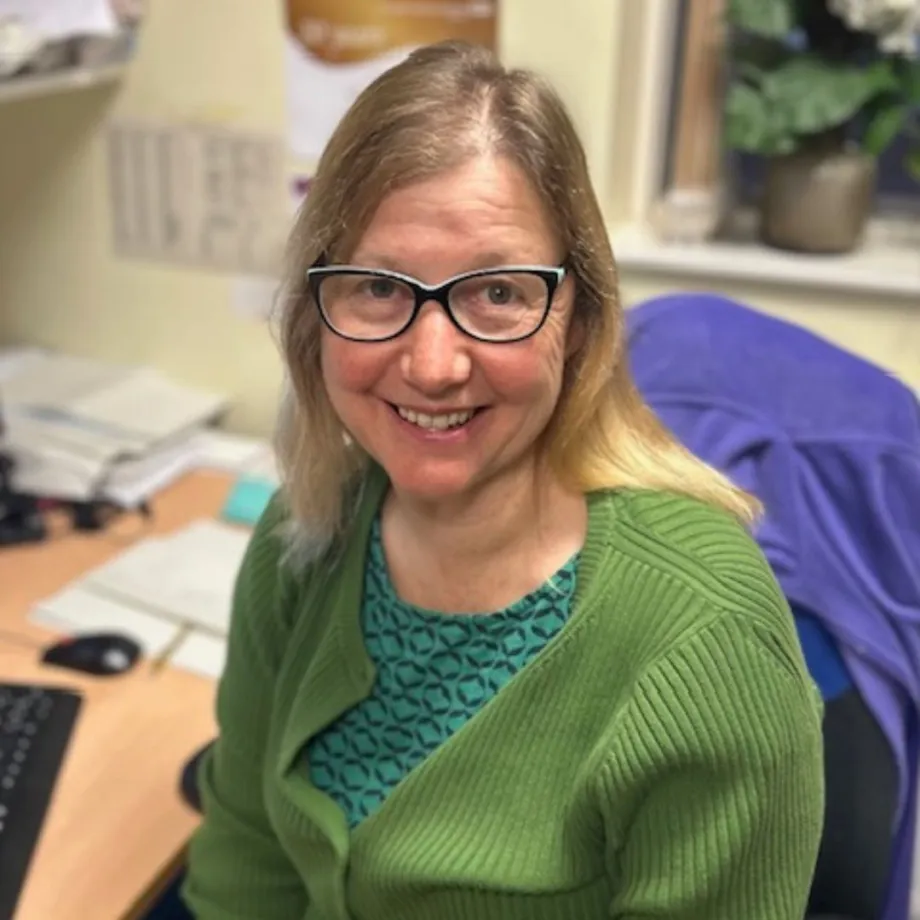
Vicky Holden, Pharmacist at Leeds Children's Hospital
Principal treatment centres have a dedicated CYP cancer pharmacy service, provided by a team of specialist cancer pharmacists and technicians. These pharmacists have expert clinical and pharmaceutical knowledge regarding the medicines used in the treatment of CYP with cancer.
These medicines are called systemic anti-cancer treatment (SACT), and along with supportive care treatment, our focus is ensuring that all patients receive the correct, most effective and safe treatment. Pharmacy technicians play a vital role working alongside the pharmacists in the preparing, dispensing and counselling of medicines, used in hospital and to take home.
We as pharmacists use our specialist knowledge to review and develop treatment guidelines and clinical trials. This information is incorporated into electronic prescribing administration systems to ensure that SACT is given in a standardised way to patients. Pharmacists are responsible for ensuring the right dose for the patient’s age and size is prescribed and the correct pre-chemotherapy tests are taken and advise on how to give the drugs and what fluids and supportive drugs are required. We help to monitor for side-effects and advise how to manage these with the multidisciplinary team.
On admission to hospital a pharmacist will discuss with the family what current medications are being taken and ensure appropriate medicines and formulations are prescribed during the hospital admission. We check prescriptions and can also prescribe some medications including SACT. Patient counselling, supported by written information, about medicines is provided to families to ensure they understand what medicines the CYP needs to take, when and how to take them, what they’re being used for, and what possible side effects may happen.
Pharmacists also obtain funding for high-cost drugs, deal with medication shortages, sourcing new drugs and have oversight of governance and regulatory requirements. Our other work is diverse and includes writing of guidelines and policies, evidence reviews for new drugs, attendance in clinical ward rounds, staff training and education including that for the wider multidisciplinary team.
The UK paediatric oncology pharmacists group (POP) is a network of pharmacists enabling the sharing of knowledge, information, expertise and education in this very specialist area of practice. The group support and advise CCLG on medicine usage and aims to improve families’ treatment experience. As an example, they’re currently developing CCLG patient information leaflets for all drugs used to treat cancer and guidelines to allow some patients to receive their treatment at home.
It’s an exciting but challenging time to be a CYP cancer pharmacist. Cancer treatment’s changing as we move towards more immunotherapy and targeted therapy, and we as pharmacists will play a vital role in the future of safe and effective treatment.
Remember, please do speak to your cancer pharmacy team if you have any questions about the medication your child’s been given.
From Contact magazine issue 107 | Summer 2025

